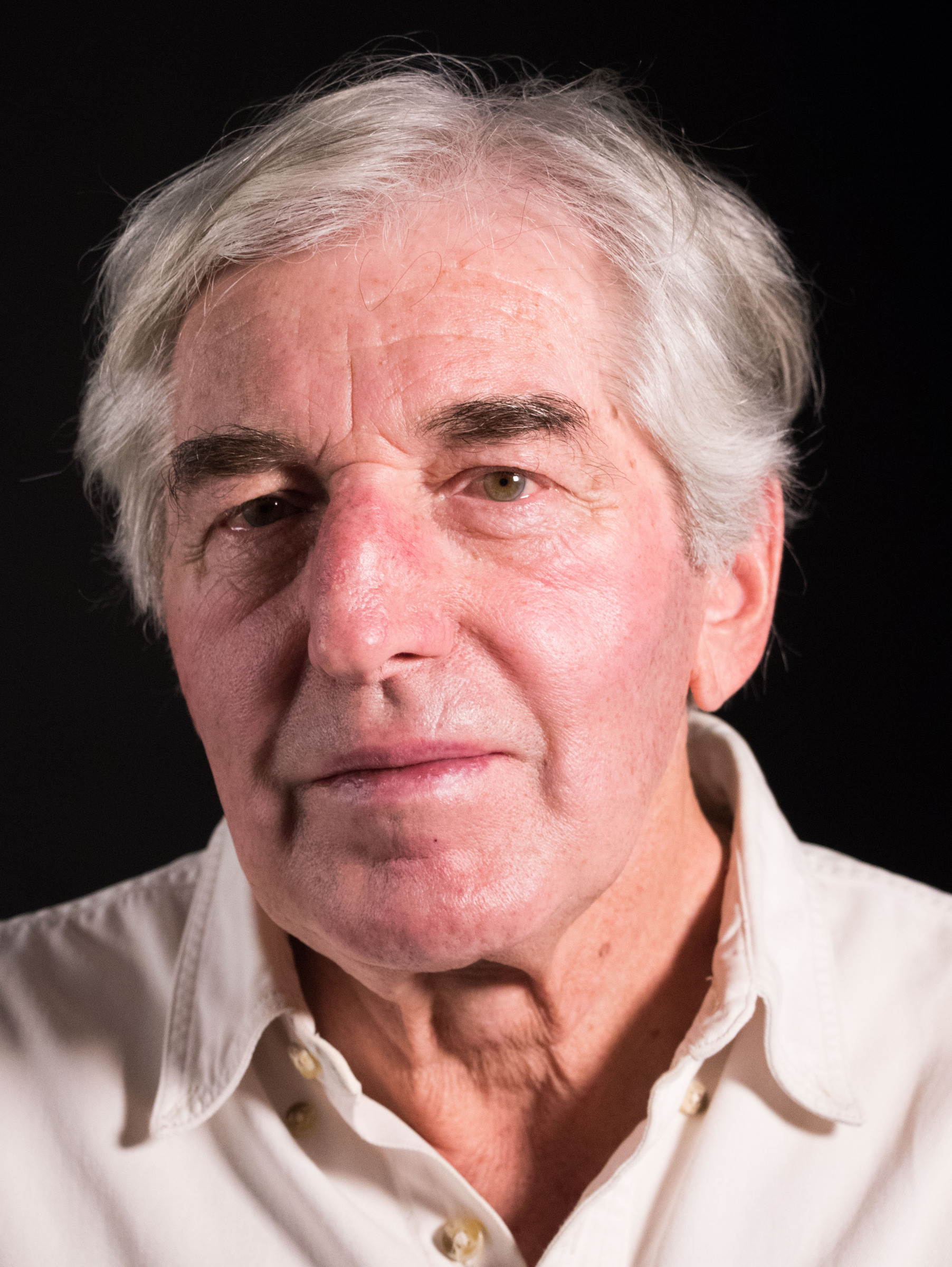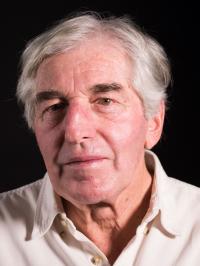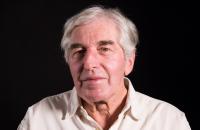Archaeology shows that we still don’t know our past

Download image
Bořivoj Nechvátal was born on 4 January 1935 in Berlin, where his father worked at the Czechoslovak consulate. When Czechoslovakia was occupied in 1939, the family moved to Střešovice in Prague, where the witness lives to this day. He began to take an interest in history as a child, when he read stories of old mythology. In 1953 he completed grammar school and then enrolled at the Faculty of Arts of Charles University in Prague, where he studied history and prehistory. After graduating in 1958 he was employed at the Archaeological Institute of the Czechoslovak Academy of Sciences (AI CSAS). He conducted various archaeological rescue operations and then numerous extensive archaeological and historical surveys throughout the country. For example, in the years 1963-1968 he studied a large burial site in Radomyšl. In 1966 the Director of the AI CSAS put him in charge of an archaeological survey in Vyšehrad, which he ended up devoting nearly fifty years of his life to. In 1968 he discovered the foundations of one of the largest sacred structures in the vicinity of the present-day Church of Sts Peter and Paul, and further research in 2011-2014 with his colleague Ladislav Varadzin showed that this building was of Byzantine origin, which is utterly incongruent with current knowledge of Czech history. In 1990 he co-founded the Vyšehrad Society under the Vyšehrad Chapter. He has published a number of academic treatises and has lectured to the public.

